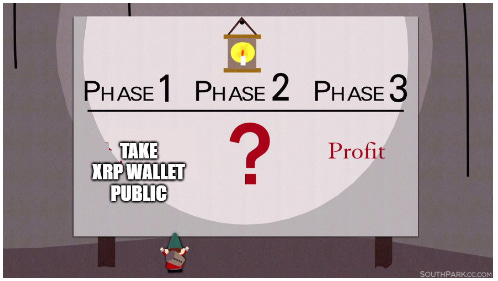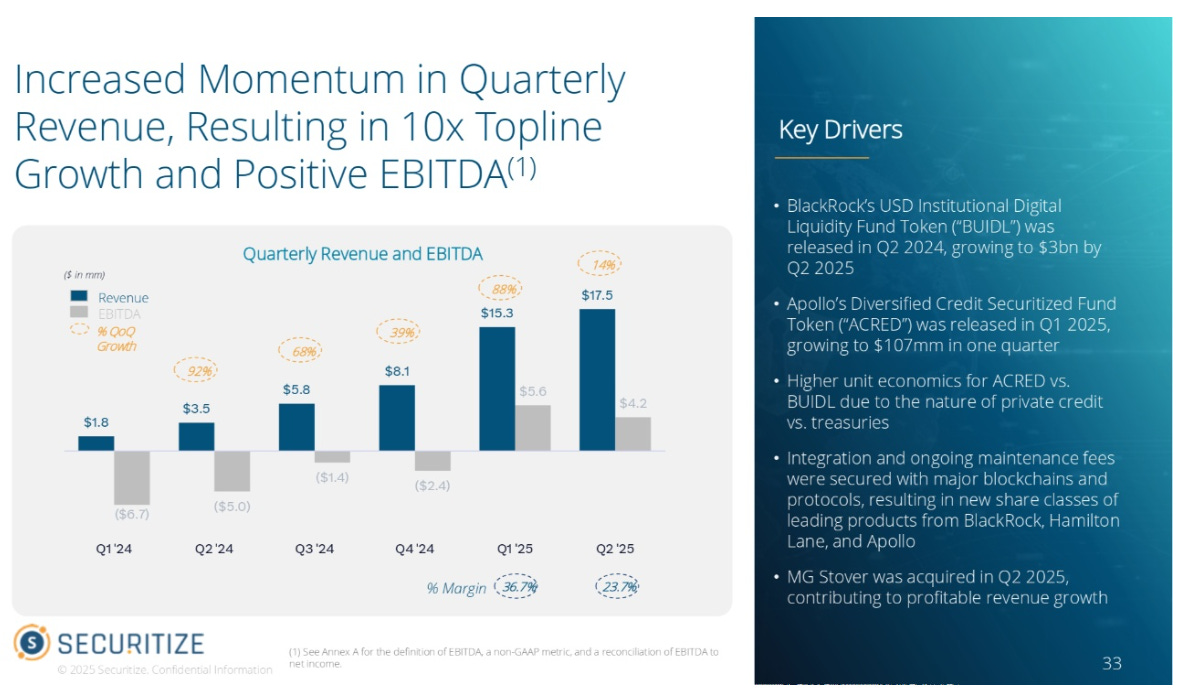Oh, so Grokipedia is just Wikipedia?
And: At least you can get a 996 startup gig so long as you live in the postage-stamp-sized city of San Francisco.
Welcome to Cautious Optimism, a newsletter on tech, business and power.
Tuesday! This morning OpenAI announced that it has “completed its recapitalization,” giving its nonprofit (now the “the OpenAI Foundation”) a $130 billion stake in the overall asset. The OpenAI Foundation will retain control over OpenAI’s for-profit arm. Recall that OpenAI was locked in a long fight over its corporate future after its original setup didn’t allow it to raise the sort of capital it needs to. Or go public, really.
Microsoft said positive things about the dam breaking over at OpenAI, saying that it supports “the OpenAI board moving forward with formation of a public benefit corporation (PBC) and recapitalization,” moves that will leave it with “an investment in OpenAI Group PBC valued at approximately $135 billion, representing roughly 27 percent on an as-converted diluted basis, inclusive of all owners – employees, investors, and the OpenAI Foundation.” That’s down from 32.5% before the smaller company’s shakeup.
Redmond didn’t just see its equity stake reduced. It got a lot more: AI model IP rights through 2032 inclusive of “models post-AGI.” And, “API products developed with third parties will be exclusive to Azure,” Microsoft’s cloud service. Even more, “OpenAI has contracted to purchase an incremental $250B of Azure services, and Microsoft will no longer have a right of first refusal to be OpenAI’s compute provider.”
Good, good. Now go and bring us AGI or bust, Sam.
Things That Matter
No one wants to work employ any more: Amazon’s revenue in the second quarter rose 9%, adding a little over $12 billion from the year-ago period. From its $155.7 billion worth of top line, Amazon generated $17.1 billion worth of net income, good for profit per month of around $5.7 billion. That’s about $190 million per day. Or about $8 million per hour.
Naturally, the company’s response to its epic size, expanding sales, and impressive profitability is to fire five-figures worth of staff. Of an anticipated 30,000 headcount reduction, Amazon confirmed a net reduction of 14,000 with the promise of “finding additional places we can remove layers, increase ownership, and realize efficiency gains” in 2026. Perhaps the 30,000 number was correct, if a bit early.
Recall that Amazon cut around 27,000 workers in late 2022 and early 2023.
It’s weird to be in a boom moment for tech companies, a period in which the largest technology companies have never been more powerful. And yet Amazon is jettisoning many of the people who made its success possible. Microsoft is similarly obsessed with near-term profitability, executing mass layoffs in 2023 and twice in 2025. Redmond is so obsessed with juicing its figures that it’s dark-patterning Australian consumers and trying to turn its gaming division into the next Office.
It would be one thing if AI was harming job growth generally, but at least the companies building the stuff were hiring like mad. Instead, we’re seeing the opposite. Recall that Amazon also wants to rid itself of humans in its warehouses, already expecting hiring reductions in the six figures in the future thanks to its investments in robotics.
Times like these are when my capitalistic views run headlong into my heart. The situation seems a bit shit. But, hey, at least you can get a 996 startup gig so long as you live in the postage-stamp-sized city of San Francisco.
SPAC me like one of your French girls: A few days back, we looked at the SPAC deck for an XRP treasury company. The treasury model is simple: Create a corporation, raise capital, use those funds to purchase a digital asset en masse, profit.
Strategy blazed the trail for bitcoin, leading to a host of copycats. There are similar efforts for other tokens as well, including ether (Ethereum) and sol (Solana).
The crypto-SPAC crossovers don’t stop there. A Cantor Fitzegerald SPAC (blank-check company) intends to merge with Securitize, which raised north of $100 million while private. Securitize is both growing and profitable:
If you read through the deck, or even just the right rail in the above image, however, you’ll discover that Securitize has two core revenue sources today. It’s ‘BUIDL’ token is designed to maintain a $1 peg, while remitting interest earned to holders on a monthly basis (in the form of more BUIDL tokens). So it’s a stablecoin that isn’t; it’s a money market fund with a flat peg and a crypto backend? No matter, BUIDL has grown to $2.9 billion worth of assets through the third quarter, and with today’s interest rates you can make a tidy profit from those holdings. (‘ACRED’ AUM is far lower, but still interesting, I suppose.)
Go public now! Before interest rates fall!
Securitize may be worth the $1.25 billion pre-money equity valuation that it expects to earn from its SPAC deal. And as far as black-check tie-ups go, the underlying asset in this case does seem stronger than usual. All the same I wonder about the value of fintech companies today riding on the back of interest rate-derived revenues that few folks expect to last.
So it’s great that SoFi smashed earnings, and that PayPal is having a good time. It’s fintech’s year, after all. But if we’re at the point in the cycle when the SPAC engines are revving, we’re probably more in the sunset of fintech’s time in the sun.
Oh, so Grokipedia is just Wikipedia?
Wikipedia is a strange beast. Back in my youth, Wikipedia was a boogeyman, with teachers warning students that it was not to be trusted as a source. Today, Wikipedia is a titanic human encyclopedia that is one of our species’ golden assets.
It’s also unpopular as all hell in certain circles. Amongst many on the political right today, Wikipedia is once again something to be pushed back against. Why? Because Wikipedia has source rules, and as many conservatives think that the New York Times is a commie rag — similar to how the American left views the New York Times as a mouthpiece for the corporate party line — and thus anything built atop it, like Wikipedia, is suspect. AI models, in turn, use Wikipedia and its source list. So, if the root is rotten…
Thus, Wikipedia is under attack by the usual suspects. Enter Elon Musk, and his alternative: Grokipedia. The new Wiki-alternate is not the first. Conservapedia has been around since 2006, by its own reckoning. And no one uses it.
After teasing Grokipedia, the new Wikipedia killer launched its first “0.1” version this week. So! Is it any good? Here’s the Wikipedia entry for the musical style of Trivium, one of my favorite bands:
Trivium has been described as a heavy metal band,[107][108][109][110] and more specifically as metalcore,[3][111][112][113][109] thrash metal,[114][115][116][109] progressive metal,[3][109][117][110] melodic death metal,[3][110] groove metal,[109][118] alternative metal,[109] and power metal.[110] AllMusic describes them as a band that “blends metalcore, thrash, and progressive metal”.[117]
Trivium’s music mixes “soaring” and “crushing” riffs, dual guitar harmonies, double bass drum patterns and occasional blast beats and breakdowns typical of the metalcore genre.
Now, what does Grokipedia have to say about the same?
Trivium has been described as a heavy metal band,[105][106][107][108] and more specifically as metalcore,[3][109][110][111][107] thrash metal,[112][113][114][107] progressive metal,[3][107][115][108] melodic death metal,[3][108] groove metal,[107][116] alternative metal,[107] and power metal.[108]
Trivium’s music mixes “soaring” and “crushing” riffs, dual guitar harmonies, double bass drum patterns and occasional blast beats and breakdowns typical of the metalcore genre.
Hey wait! Let’s try that again. Here’s the start of Wikipedia’s Metallica page:
Metallica is an American heavy metal band. It was formed in Los Angeles in 1981 by vocalist/guitarist James Hetfield and drummer Lars Ulrich, and has been based in San Francisco for most of its career.[1][2] The band’s fast tempos, instrumentals and aggressive musicianship made them one of the founding “big four” bands of thrash metal, alongside Megadeth, Anthrax and Slayer. Metallica’s current lineup comprises founding members and primary songwriters Hetfield and Ulrich, longtime lead guitarist Kirk Hammett and bassist Robert Trujillo. Guitarist Dave Mustaine, who formed Megadeth after being fired from Metallica, and bassists Ron McGovney, Cliff Burton and Jason Newsted are former members of the band.
And Grokipedia’s own:
Metallica is an American heavy metal band. It was formed in Los Angeles in 1981 by vocalist and guitarist James Hetfield and drummer Lars Ulrich, and has been based in San Francisco for most of its career. The band’s fast tempos, instrumentals and aggressive musicianship made them one of the founding “big four” bands of thrash metal, alongside Megadeth, Anthrax and Slayer. Metallica’s current lineup comprises founding members and primary songwriters Hetfield and Ulrich, longtime lead guitarist Kirk Hammett and bassist Robert Trujillo. Guitarist Dave Mustaine, who formed Megadeth after being fired from Metallica, and bassists Ron McGovney, Cliff Burton and Jason Newsted are former members of the band.
Grokipedia is just Wikipedia! But uglier, and with less transparency in how it was compiled!
In a sense, of course Grokipedia is a rip of Wikipedia. Where else would xAI get all the information that it needed to build a clone? It took 24 years for Wikipedia to get where it is today, built on the back of volunteer labor and a lot of arguing. xAI, in classic AI lab fashion, has swooped in, stole the human work, and given machines credit.
Yuck.


